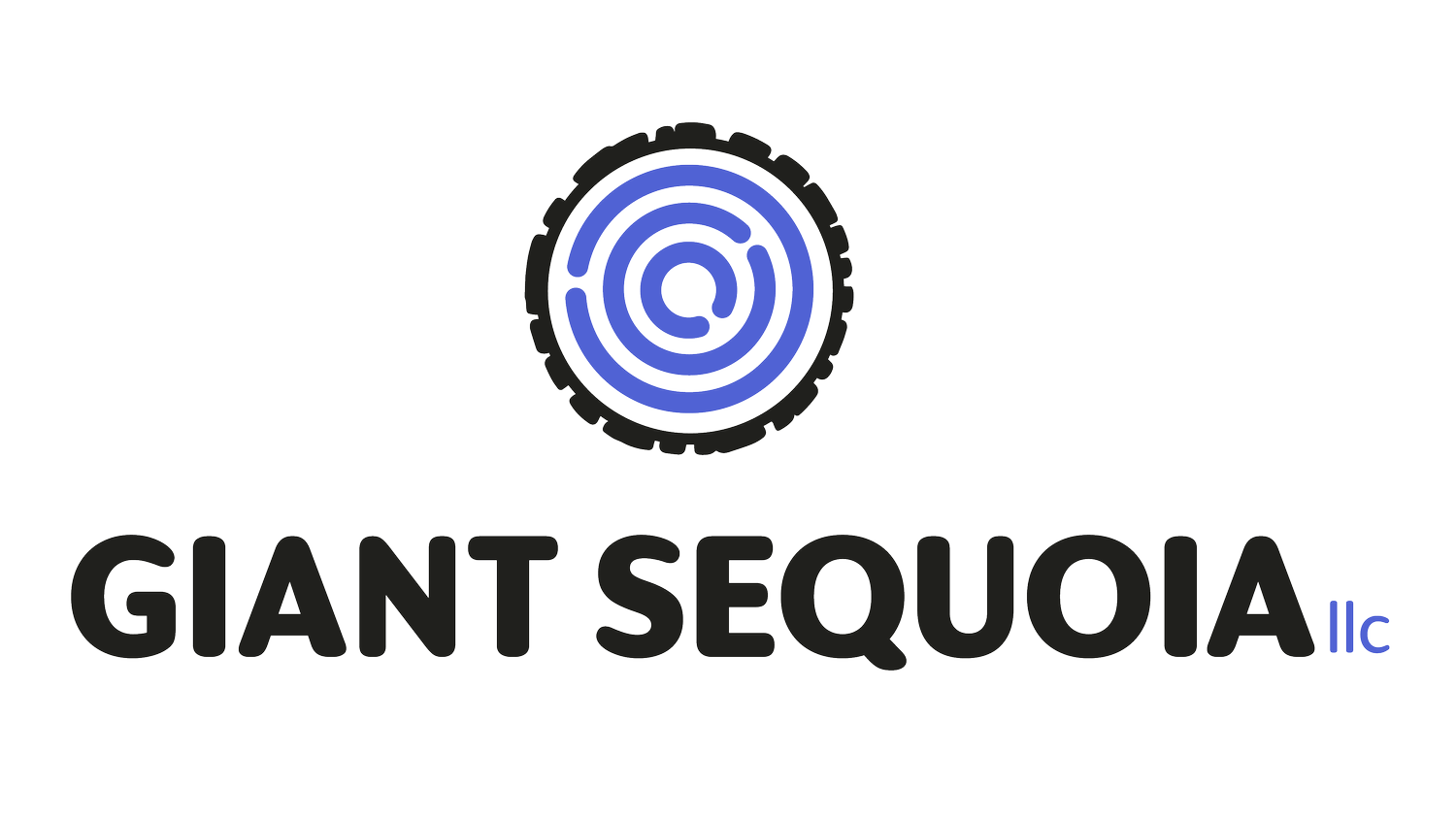Meta and Google dominate the digital ad landscape.
The Duopoly: A Double-Edged Sword for Advertisers
The Digital Advertising Landscape, Dominated by Two
In the realm of digital advertising, a stark reality has emerged: the dominance of two tech giants, Meta (formerly Facebook) and Google. This duopoly has reshaped the industry, presenting both significant opportunities and challenges for advertisers.
The Power of the Duopoly
Vast Reach: Meta and Google own the most popular digital platforms, including Facebook, Instagram, YouTube, and Google Search. This unparalleled reach allows advertisers to target highly specific audiences at scale.
Advanced Targeting: Both companies have invested heavily in sophisticated targeting technologies, enabling advertisers to deliver personalized messages to the right people at the right time.
Data-Driven Insights: By collecting and analyzing vast amounts of user data, Meta and Google provide valuable insights into consumer behavior, helping advertisers optimize their campaigns.
The Challenges of the Duopoly
While the duopoly offers immense potential, it also presents certain challenges:
High Costs: As the primary players in the market, Meta and Google can command premium prices for advertising space.
Limited Competition: The lack of substantial competition can lead to reduced innovation and less flexibility for advertisers.
Privacy Concerns: The increasing scrutiny on data privacy regulations could impact the effectiveness of targeted advertising.
Navigating the Duopoly: A Strategic Approach
To thrive in this landscape, advertisers must adopt a strategic approach:
Diversify Your Media Mix: While Meta and Google are powerful platforms, it's essential to consider other channels like TikTok, Snapchat, and emerging digital platforms to reach diverse audiences.
Embrace First-Party Data: Building strong relationships with customers and collecting valuable first-party data can help reduce reliance on third-party data and enhance targeting capabilities.
Leverage AI and Automation: By automating tasks and leveraging AI-powered tools, advertisers can improve efficiency and reduce costs.
Measure and Optimize: Continuously monitor campaign performance, track key metrics, and make data-driven adjustments to optimize ROI.
The duopoly has undoubtedly transformed the digital advertising landscape. By understanding its strengths and weaknesses, advertisers can navigate this complex environment and achieve their marketing goals.

